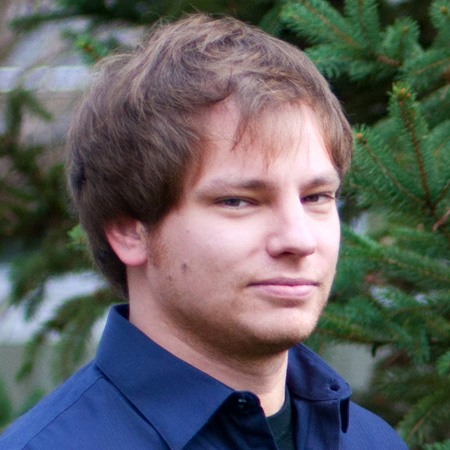An article published in Science Magazine recently said that, according to NASA, radiation levels on the planet Mars are dangerous to humans.
So, it turns out that if you board a spacecraft on top of a rocket and blast off toward a destination more than 50 million miles away, you may be at risk of death.
Bummer. I guess we won't ever be able to go.
It's too bad. Going to Mars would mean a scientific revolution. We could learn whether life was endemic on another world in our solar system. We could learn how to build closed-loop ecosystems that sustain our resources. We could even guard ourselves against extinction if a planet-killing asteroid hit.
But I guess, you know, there's radiation. So we can't go.
